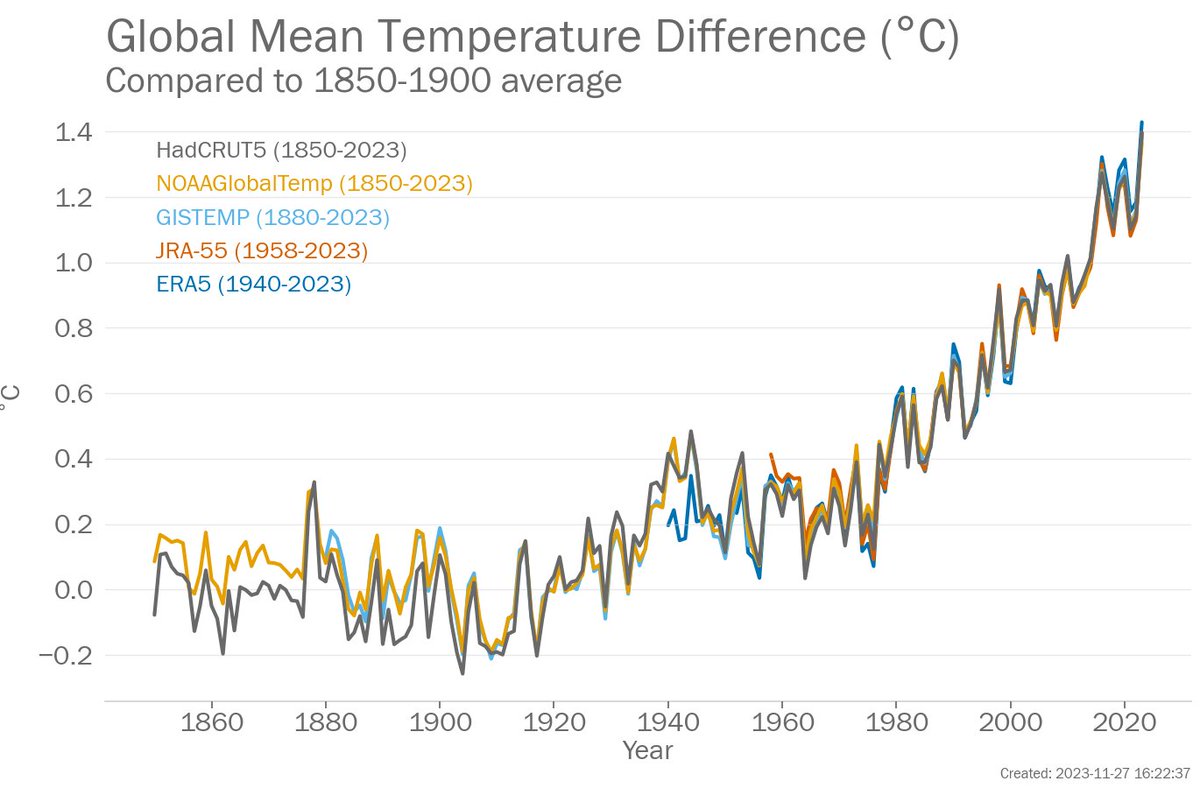When an article says "some scientists think" then remember this: I, a scientist, once thought I could fit a whole orange in my mouth. I could, it turns out, get it in there, but I hadn't given sufficient thought to the reverse operation.
I should also, on reflection, have practiced in private. I had an audience, which grew as my initial satisfaction at an hypothesis well proven, slipped rapidly through stages of qualm, disquiet, then alarm (mild through severe) and ended in full blown panic.
When one panics, one's muscles tense, which is of course, the opposite of what I needed here. I had been quite relaxed at the start, but now I couldn't get a finger between the orange and the very taut edges of my mouth.
Above and below, the orange, which was now under some pressure, deformed to make a nearly perfect seal against my teeth. I hadn't previously been aware of how much oxygen one needs to consume an orange, but I was made aware of it now by its sudden and ongoing lack.
I forgot for a moment that I had nostrils and tried to breathe in hard through my mouth. I have big lungs. When the doctor tested my lung capacity, I blew the end clean off the cardboard tube.
I've always been vaguely proud of that; mostly for want of more tangible achievements and because I am, when all is said and done, the kind of person otherwise predisposed to shove a whole orange in his mouth without cause.
Those enormous lungs - my pride and joy - expanding in this moment of crisis to their fullest extent, had created a hard vacuum behind the orange, which, at that point imploded.
From now on, things which had been unfolding at an almost leisurely pace, started to happen rather fast. So, I will take this opportunity to say that no one had actually tried to help me up till now. This was not for lack of opportunity.
Later, someone mentioned the kind of details - veins like worms scribbling incomprehensible messages across my forehead, eyes popping out as if on stalks, laced with tiny red veins - which one can only truly apprehend at a distance that wouldn't have made help impossible.
But back to the imploding orange. Although it didn't diminish appreciably in volume upon implosion, the released juice vaporised, turning into a burning acidic cloud that instantly flooded my lungs.
My lungs very sensibly responded by collapsing rapidly aided by an involuntary and powerful spasm from my diaphragm.
The vapour and oily zest from the orange's skin mixed with mucus scoured from my lungs (that spread flat, we must remember, would cover a tennis court) as well as the last of my residual oxygen, exited now through my rediscovered nostrils as a magnificently abundant yellow foam.
And, having a volume in excess of what could easily egress at speed via those narrow tubes, it also squirted out through nearby exits, including around my eyes.
Even that wasn't enough and the build up of pressure finally proved too much for the orange, which left my mouth like grapeshot from a cannon, like the superluminal jets generated by matter falling towards a black hole at relativistic speed.
Temporarily blind and gasping in my own private world of consequences, I was unaware of the cone of devastation that I had unleashed upon the unluckier segment of my audience, occupying roughly one steradian of solid angle to my front.
When I finally recovered my senses and the cycle of whooping inhalation and coughing fits had exhausted itself, I was greeted not by the concern that I felt such a brush with death merited, but with a disgust that later reflection suggests may not have been wholly unwarranted.
So, anyway, whenever you read "some scientists think", think about me and recalibrate the lower end of your expectations accordingly.
An unrolled version of the thread can be found here: diagrammonkey.wordpress.com/2022/08/06/som…
• • •
Missing some Tweet in this thread? You can try to
force a refresh











